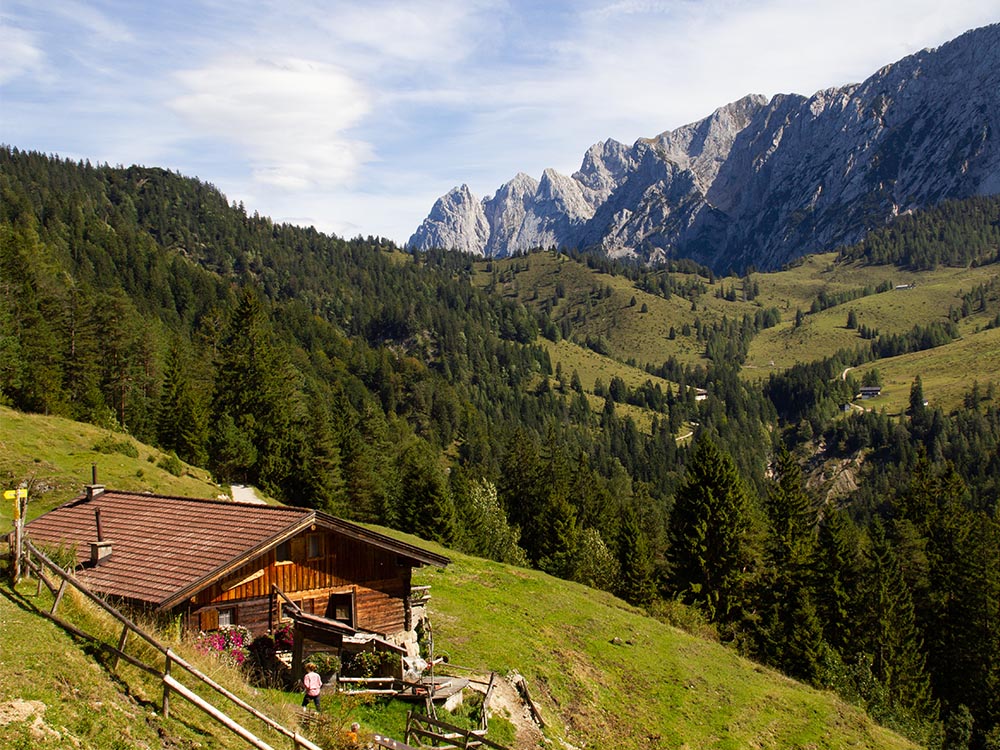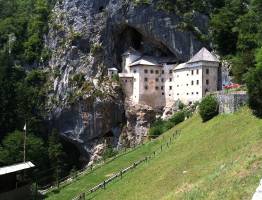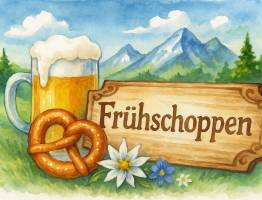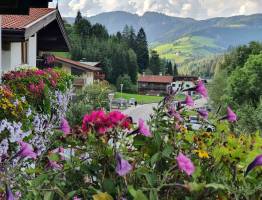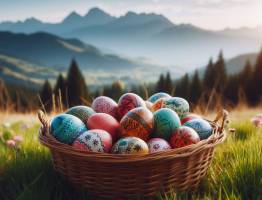Behind the idyllic images lies a unique culture of livestock farming, tradition and pure nature experience
After a long, tiring walk, you finally arrive at an idyllic mountain meadow, with a romantic mountain hut where you can enjoy a glass of fresh milk or a delicious käsebrot. The perfect reward for a few hours of hard work. In the distance, you can hear the tinkling of cowbells and you are surrounded by natural beauty, high mountains, a stream and beautiful flowers. Many mountain lovers know that I am talking about an alm, but what exactly is an alm?
Why do the cattle go into the mountains?
In summer, when the snow has disappeared and the mountain pastures are no longer too soggy, many farmers' cattle go up into the mountains. This is called the almauftrieb. It is a very old tradition that is still important today. Firstly, the meadows in the valley can rest and be used to grow grass for hay. That hay is essential for the winter. Secondly, it benefits the animals and the products they produce. For example, dairy cows produce much better milk thanks to the wide variety of herbs they can eat in the mountains. There is a considerable difference between the amount of herbs found down in the valley and those found on the mountain pastures.
Alpine pastures are also important for nature
It is not only good for livestock to go into the mountains, but nature also benefits from it. Cows, sheep and goats in particular ensure, through natural grazing, that fast-growing plant species are kept in check and rare plants and herbs have more space. Without grazing on the mountain pastures, the mountains would slowly become completely covered by dense forests. The open mountain pastures are not only important for livestock, but also for wild animals and insects. In many places, mowing is not possible, so large grazers are a godsend! And with their manure, they make an extra contribution to biodiversity.
An alm has animals
An alm is inextricably linked to animals. To be called an alm, animals intended for products such as meat, milk, butter and cheese must be present for at least sixty days a year. Very often these are cows, but you can also encounter sheep, goats and horses on an alm. Alms can be privately owned by a farmer, but there are also alms that belong to the municipality. In the latter case, several farmers can use the area in the mountains. The shepherd then has several animals from different farmers under his or her care.
The difference between a Melkalm and a Sennalm
There are different types of alps in the mountains. You can find several animal species together, but also just one animal species. In addition, there are almen for young animals, for meat and for milk production. There are two different types of the latter, namely the Melkalm and the Sennalm. On the Melkalm, the cows are milked and the milk is then taken to the valley, where it is processed. On a Sennalm, the fresh milk is processed on site into cheese or butter. This is especially the case in areas that are far from civilisation.
Bewirtschaftet
At some alpine pastures, it is possible to eat or drink something. These are often products that they have made themselves. However, this is not always a possibility, so keep in mind during a hike that you cannot stop at every alpine hut for lunch. If it says that an alm is bewirtschaftet, it means that there are animals present. This should not be confused with a hut that is bewirtschaftet, because in general you can go there for a snack and a drink. Sometimes even a very extensive one.
It is a hard life
Life on an alm may seem romantic, but in reality it is hard and demanding work. The farmers and shepherds work long days, from early in the morning until late at night. In addition, life on an alm is not without its dangers, especially for the animals. If the alpine summer has passed without any significant problems, this is celebrated exuberantly at the end of the grazing season during the almabtrieb, when all the animals return to their stables and pastures in the valley.
Alpine pastures play an important role in the Alps and are a centuries-old tradition. They are not only valuable for livestock and nature, but also for weary tourists. The almen where you can eat and drink something have a special place in the hearts of many mountain hikers. I am already looking forward to a delicious Käsebrot with fresh cheese. What do you like to eat or drink on an alm?

